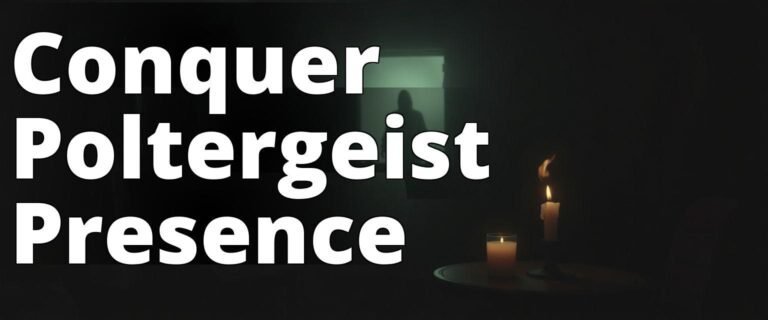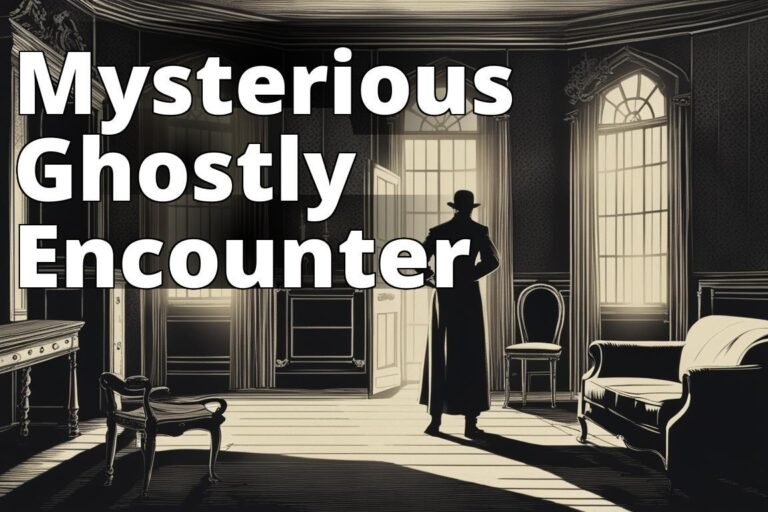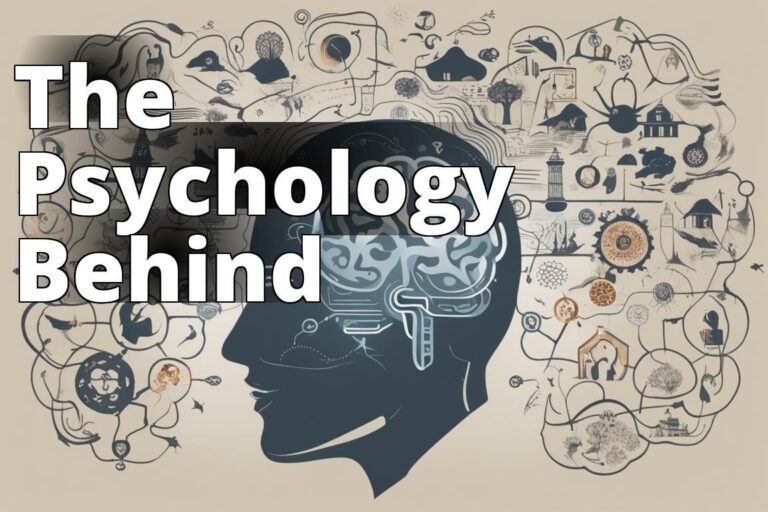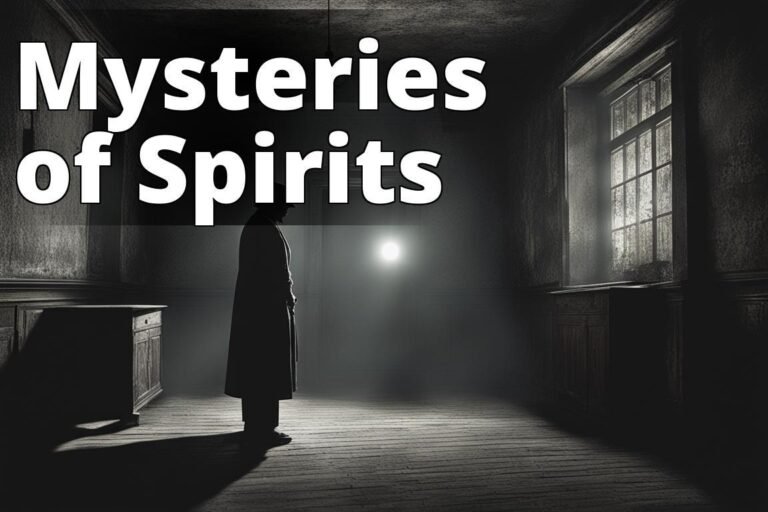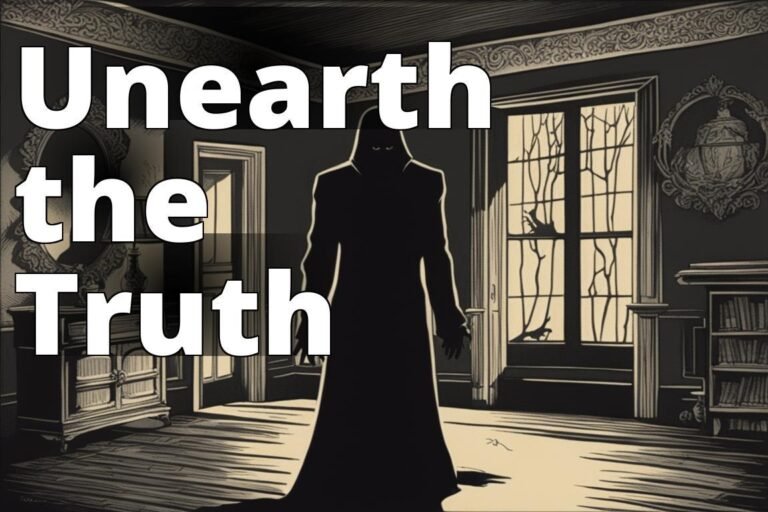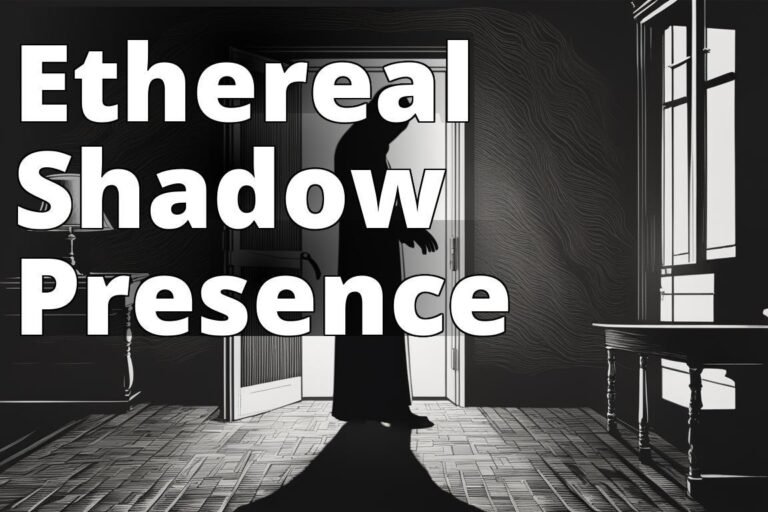What Are Ghosts? The Science of Ghosts and Hauntings
Ever wondered if that chill down your spine was more than just a draft? Or if the creaking floorboards in the dead of night were footsteps from the other side? Well, buckle up because we’re diving headfirst into the shadowy realm of ghosts and hauntings, armed with both skepticism and an open mind. Forget everything you thought you knew; it’s time to explore what science and tales from the beyond have to say about these spectral entities.
Learn about Understanding Ghosts
- Ghosts are apparitions or spirits of the deceased.
- The article explains the science, types, and theories surrounding ghosts.
- It also provides tips on identifying hauntings and getting rid of ghosts.
What Is a Ghost?
At its core, a ghost is thought to be the spirit or soul of a deceased person or animal that can appear, in some form or another, to the living. Descriptions vary wildlyfrom transparent, misty figures to lifelike apparitions so vivid they’re mistaken for the living. But let’s be clear: despite centuries of fascination and fear, there’s no definitive scientific evidence proving ghosts exist. That said, the absence of proof isn’t proof of absence, and countless personal testimonies suggest there’s something happening that we don’t fully understand.
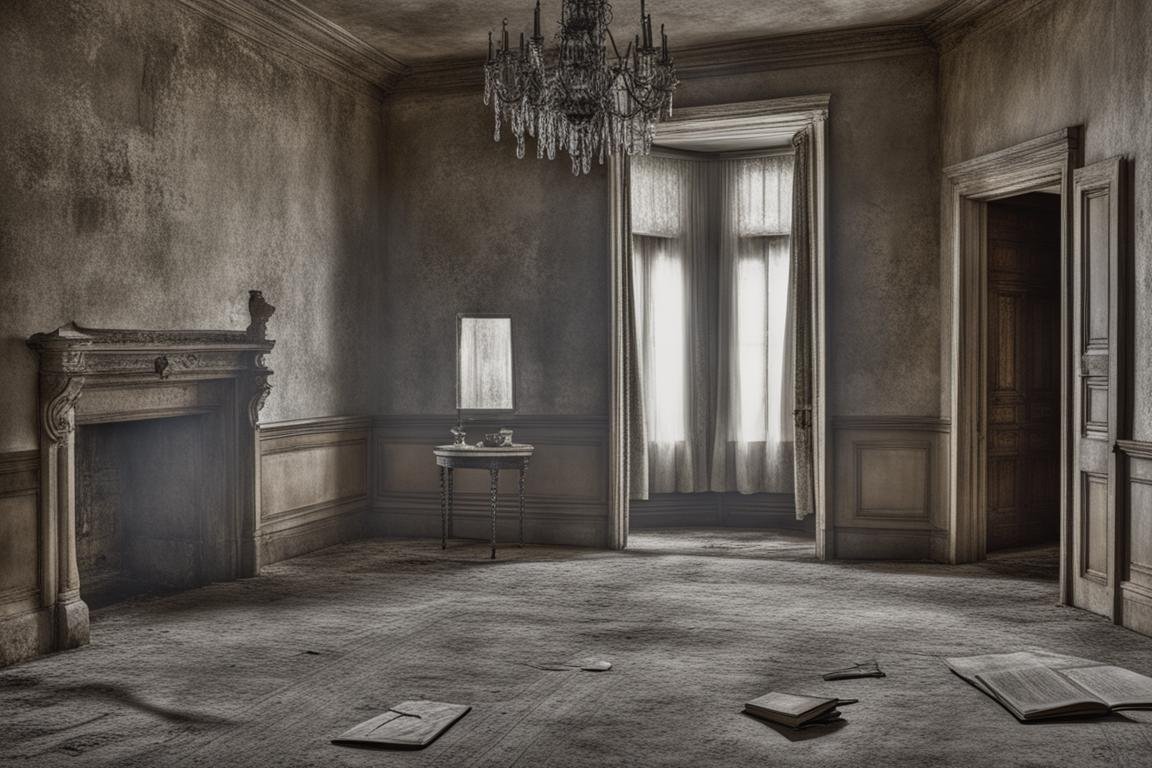
The Science of Ghosts
The scientific community largely regards ghosts as a phenomenon of the mind, attributing sightings to psychological factors like stress, suggestion, and the power of expectation. Electromagnetic fields, infrasound, and even mold have been suggested as possible explanations for ghostly encounters, affecting our perceptions and emotions in profound, yet wholly natural ways. However, these explanations don’t satisfy everyone, with many arguing that science, in its current form, simply isn’t equipped to detect or understand the supernatural.
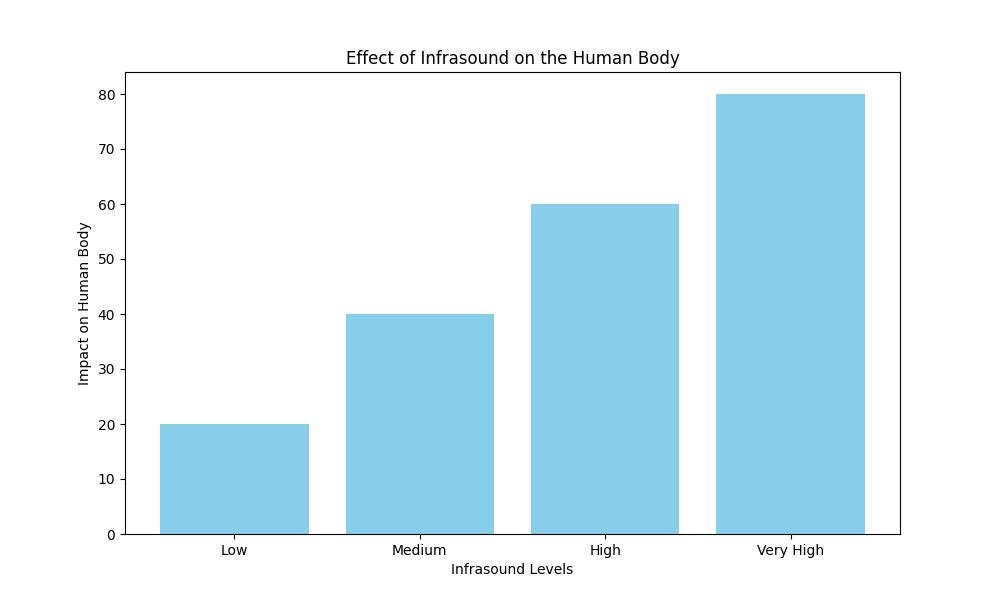
Types of Ghosts
The world of spirits is said to be as diverse as the living, hosting a wide array of ghostly phenomena that defy easy categorization. Let’s delve into a few:
Apparitions
These are the full-bodied ghosts, the classic specters that appear as they did in life, often unaware of their own death. Apparitions are the stuff of legend, appearing for moments before vanishing into thin aira sight so startling, it can turn even the most ardent skeptics into believers.
Poltergeists
Literally meaning “noisy ghost,” poltergeists are known for physical disturbancesobjects moving on their own, unexplained noises, and even physical attacks. These phenomena are often attributed to mischievous spirits, but some researchers propose they’re the result of psychic energy unconsciously generated by living individuals, particularly adolescents.
Hauntings
Hauntings involve recurring ghostly phenomena tied to specific locations. Unlike apparitions, which are thought to be spirits of the dead, hauntings may not involve recognizable entities but are rather impressions or energies left behind, often associated with traumatic or emotionally charged events.
Theories About Ghosts
The quest to understand ghosts has spawned numerous theories, each attempting to explain the unexplainable:
The Stone Tape Theory
This theory suggests that ghosts are not spirits at all but rather non-interactive recordings of energy, imprinted on the environment during moments of high tension or emotion. Like a tape playing the same segment over and over, these “recordings” can supposedly be triggered under certain conditions, replaying the past for the living.
The Residual Haunting Theory
Closely related to the Stone Tape Theory, residual hauntings propose that some ghosts are mere echoes of the past. They don’t interact with observers but instead repeat the same actions endlessly, trapped in a loop of their most significant life moments.
The Crisis Apparition Theory
Crisis apparitions are visions of people who are at the moment of their death or in a critical situation, regardless of the distance separating them from the observer. This theory taps into the idea that strong emotional or psychic connections can transcend physical barriers, allowing for these extraordinary experiences.
How to Tell If Your House Is Haunted
Feeling a little uneasy at home? Here are some signs your house might be haunted:
- Unexplained Sounds: Footsteps, knocks, or whispers that can’t be accounted for.
- Cold Spots: Sudden drops in temperature without a logical source.
- Mysterious Shadows or Figures: Catching glimpses of something or someone out of the corner of your eye.
- Objects Moving on Their Own: Items being misplaced or moving without explanation.
- A Feeling of Being Watched: An unshakeable sensation that you’re not alone.
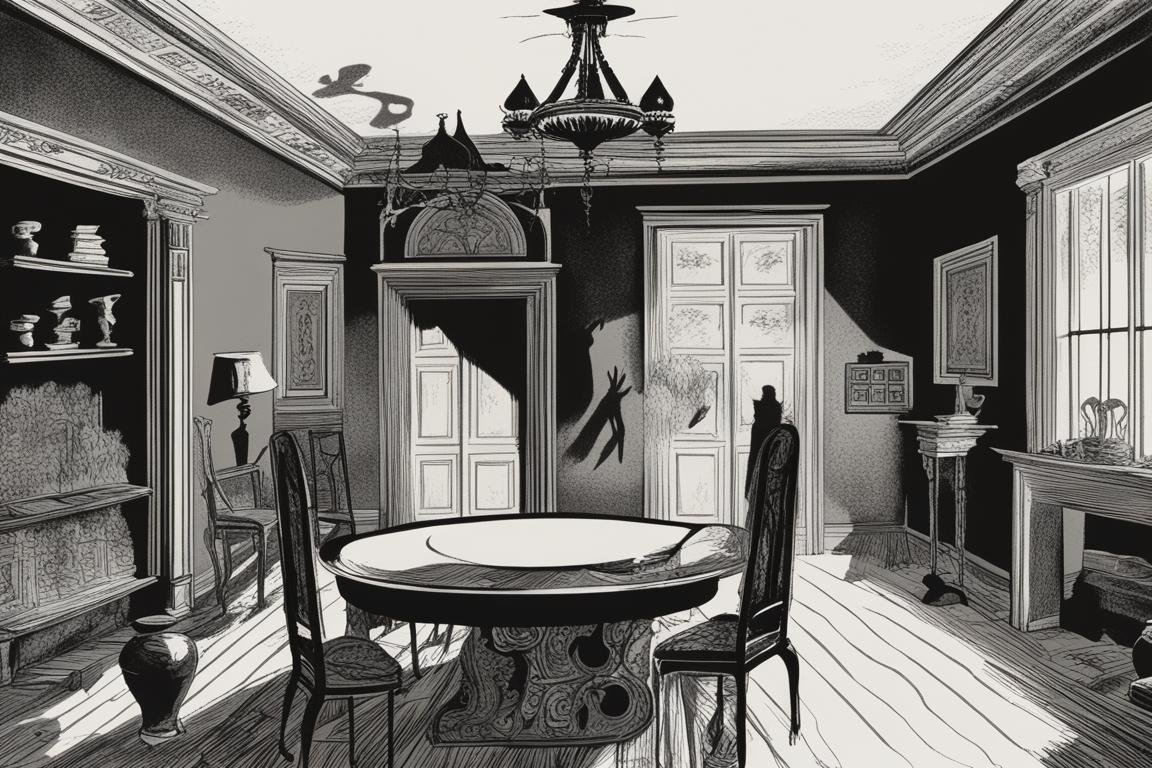
How to Get Rid of a Ghost
If you’re convinced you’ve got a ghostly roommate, fear notthere are steps you can take to reclaim your space:
- Communicate: Sometimes, simply asking the spirit to leave is enough.
- Cleanse: Use sage, salt, or other purifying elements to cleanse your home of negative energy.
- Seek Professional Help: When all else fails, turning to a paranormal investigator or spiritual leader might be your best bet.
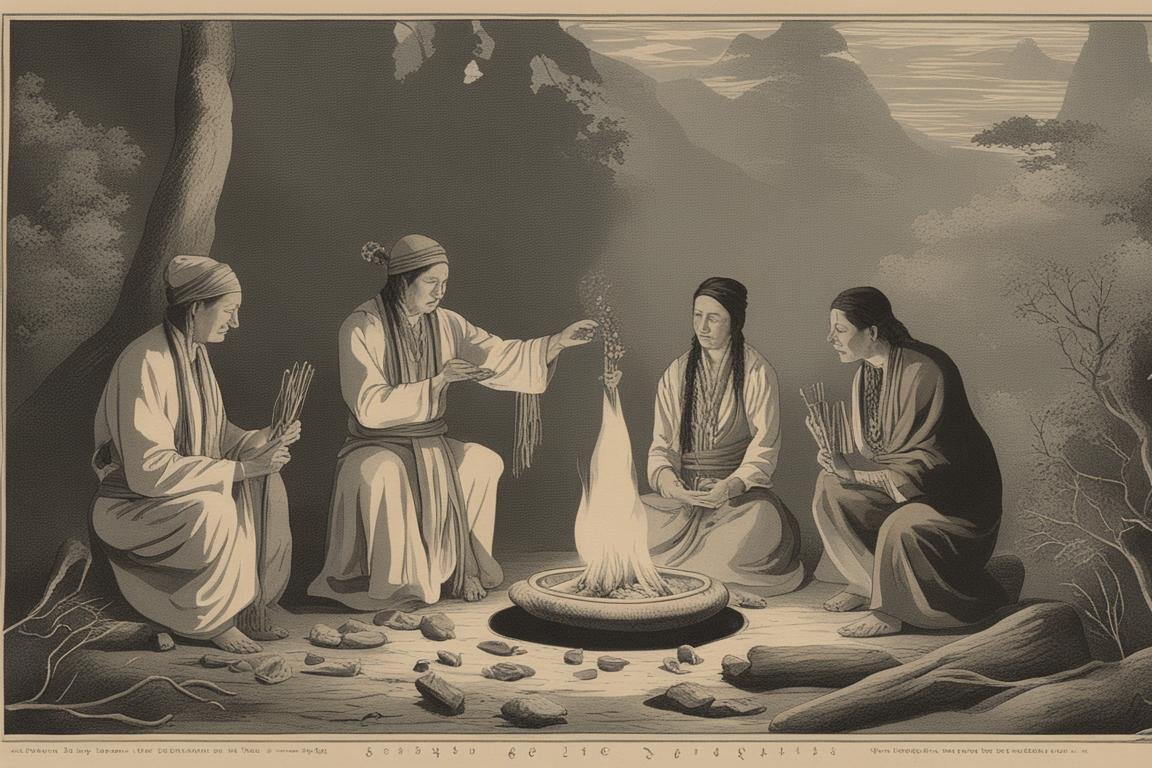
In closing, the question of whether ghosts are real remains one of the great mysteries of our time. Science offers explanations grounded in the natural world, while personal experiences and centuries of lore tell a different story. Perhaps the truth lies somewhere in between, in a place where the known meets the unknown, and understanding ghosts means accepting the limits of our understanding. Whether you’re a believer, a skeptic, or somewhere in between, there’s no denying the allure of the ghost story, a tale as old as time that continues to captivate our collective imagination.
For more fascinating insights and tales from the edge of reality, remember to bookmark thinwhitelies.com.
Frequently Asked Questions
Question: Who are ghosts and spirits?
Answer: Ghosts and spirits are believed to be the souls of deceased individuals that linger on Earth.
Question: What is the common understanding of ghosts?
Answer: Ghosts are often described as the spirits of the dead who have unfinished business on Earth.
Question: How can one communicate with ghosts?
Answer: Some believe that mediums or psychics can communicate with spirits through a process called channeling.
Question: What if I don’t believe in ghosts?
Answer: It’s okay to have skepticism. Many people require personal experiences to believe in the existence of ghosts.
Question: How do cultural beliefs impact ghost perceptions?
Answer: Different cultures have varying beliefs about ghosts, which can influence how they are perceived and understood.
Question: Who investigates ghost sightings?
Answer: Paranormal investigators and researchers often explore reported ghost sightings to gather evidence and understand the phenomenon better.


